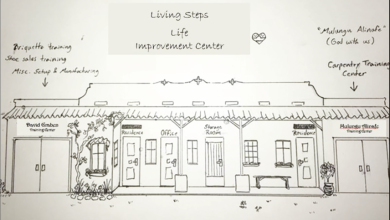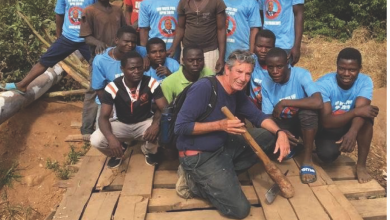Shoe repair 201
I have written about our feet and their needs. I have written about the types of good shoes and why it is worth the extra money to buy custom, handmade shoes. This month we will continue to discuss how to take care of your shoes. (Past articles available at http://ashland.oregon.localsguide.com ) If you love your shoes, then you want to extend their life as long as possible. Whether you found your dream pumps, sneakers to die for, or killer boots, here is what you need to know about shoe care:
When they are brand new, bring them in to the repair shop.
Many of the shoes you buy, and love, aren’t made in the in the best manner. Preventive care and alterations can do wonders. Check your shoes and the quality and thickness of their soles. The thinner the sole the sooner the uppers will be damaged. Thin rubber protective soles, which are available in many colors, will blend right in with your heels or flats. They will add just enough thickness to protect the upper, and can be removed and replaced with less damage to the shoes. With leather soled shoes, not only will they prevent the leather from wearing down, but they’ll also waterproof the soles, keeping out water which can travel to the upper part of the shoe and create even more damage. In addition, they help the shoes become anti-slip.
Water/stain proof your shoes before you wear them.
Many shoes are ruined on their first outing. The same should be said for purses or other leather items, especially if they are light in color. Smooth leather shoes shoe be kept shined and polished to protect the leather from the elements.
When it comes to shoe size, there is hope.
Have you ever found a great pair of shoes at a great price? However you didn’t buy them because they were a tad snug. While I don’t advise buying shoes that are plainly too small, we all have feet that are slightly different sizes. If one shoe is a bit snug, is high quality and made of leather, most likely, the snug shoe can be augmented (stretched) to fit. Additionally shoes can be stretched in specific areas to accommodate bunions or toe issues. If one shoe is slightly too big, placing a tongue pad in the shoe on top of the instep, will take up room and allow the shoe to fit properly.
Use quality cedar shoe and boot trees.
Most of the damage done to the upper of a shoe, wrinkles, cracks and the like, happen in the closet. Putting damp shoes away without giving them a structured way to dry, is a guaranteed way to cause damage. The shoes will start to curl up from the toe as they dry and staying like this time and time again causes wrinkles then crack to form. Cedar shoe trees placed into the shoe immediately after wearing, give a firm taut structure to the shoe. The cedar then draws the moisture and bacteria out of the leather into the wood, and dries the shoe from the inside. Shoe trees used in this manner greatly extend the life and the appearance of the shoe. Don’t substitute a plastic or metal shoe tree for cedar, there is magic in the wood.
Don’t be afraid to ask questions.
Most shoe repair professionals are perfectly content to answer questions and help you understand what is needed for you shoes. We understand that the majority of people today haven’t used shoe repair and don’t know what can be done. There are good informative websites such as: www.SSIA.info (Shoe Service Institute of America) to help you better understand your needs and what’s available. Take care of your shoes, because, if you care about your teeth or what you eat, you should care about your feet.
Dan has been in and around shoe repair and retail shoes for over 40 years. His parents owned both a shoe repair/retail shoe store and operated a licensed vocational school teaching shoe repair. The Shulters family has been repairing shoes since 1947.




